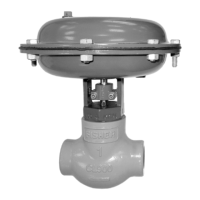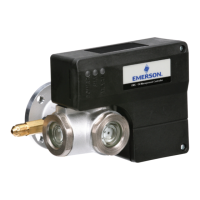Technical Guide
DAN-LIQ-TG-44-rev0813
November 2013
8
Pressure Drop Through an Orifice
An orifice is a restricted passage in a hydraulic line or component, used to control flow or create a pressure difference (pressure drop).
In order for oil to flow through an orifice, there must be a pressure difference or pressure drop through the orifice. The term
“drop” comes from the fact that the lower pressure is always downstream. Conversely, if there is no flow, there is no difference in
pressure across the orifice.
An increase in pressure drop across an orifice will always be accompanied by an increase in flow.
If the flow is blocked beyond an orifice, the pressure will immediately equalize on both sides of the orifice in accordance with
Pascal’s Law. This principle is essential to the operation of many control valves.
Note: A control valve is a variable orifice.
Here, flow is resisted by a
20 psi spring PLUS a 10 psi
back pressure from valve A.
At this point, flow is resisted
by a spring equivalent to
10 psi.
There is no resistance to
flow here, so ...
P4
0 psi
P3
10 psi
P2
30 psi
P1
60 psi
P4 gauge reads zero.
Therefore, P3 gauge
reads 10 psi.
The two pressures are added and
P2 gauge reads 30 psi
There is 60 psi pressure
at the pump.
With a 30 psi back pressure
here...
And a 30 psi spring here...
PUMP
A
B
C
A
10 psi
B
20 psi
C
30 psi
SERIES RESISTANCES ADD PRESSURE
Figure 1-6

